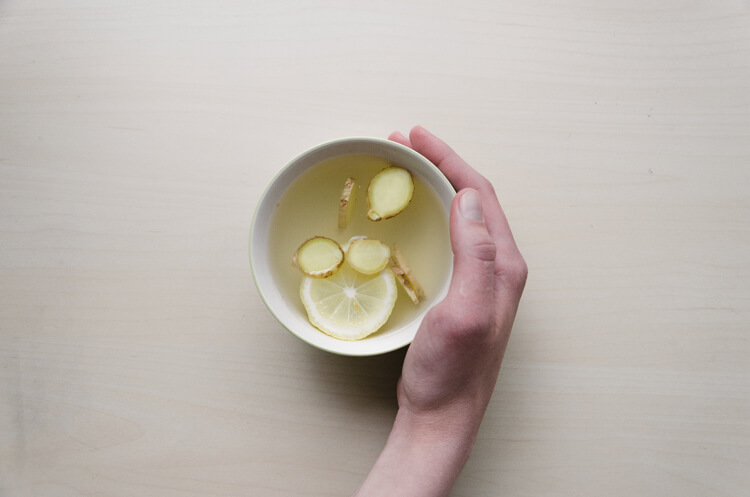Exposure to toxic mold can wreak havoc on the human body. Sometimes, when a person is continuously in an environment with high levels of harmful mold it can cause symptoms and health issues that can be difficult to reverse, even after removing the mold from the surroundings.
Mold Symptoms
Mold symptoms can come and go. Often, the symptoms worsen or return when you are in a moldy home or building. Some of the common mold symptoms can include the following:
- headache
- a tightening in the chest
- burning sensations in airways
- cough
- difficulty breathing
- fever
- fits of sneezing
- nose bleeds
- skin irritation
- stuffy nose
- watery or itchy eyes
- wheezing
Sometimes the exposure can cause more serious and chronic conditions, such as the following:
- asthma
- autoimmune disease
- cold and flu symptoms
- emphysema-like disease
- fatigue
- memory loss
- migraine-like headaches
- muscle aches
- nosebleeds
- pulmonary hemorrhage
- rashes and dermatitis
- sore throat
- vomiting and diarrhea (especially in infants)
If you experience any of these symptoms, it is important to contact your health-care practitioner. However, it can be difficult to diagnose a mold-related illness. Make sure to check your home or work place for any signs of mold and relate any connection to mold and your symptoms to your doctor.
There are many wonderful anti-fungal foods that can help boost the body as it recovers from mold exposure. There are also some foods that are often contaminated with mold or potentially encourage mold growth, that should be avoided while trying to recover from mold or fungal issues. We will be examining three foods that can be helpful in dealing with fungal or mold concerns.
Antifungal Foods
Garlic
Garlic is one of the most well-known medicinal foods, with a host of benefits and uses. One of those medicinal qualities is a compound called allicin, which is recognized to have potent anti-fungal properties.
A great way to add some more garlic to your diet is by adding it raw (allicin is damaged by heat) to a host of different dishes, or as a topping. To gain the most allicin benefits, be sure to chop or crush the garlic about 5 to 10 minutes before consuming. This enzyme needs a little time and exposure to the air to reach its peak medicinal levels.
Coconut Oil
Coconut oil is highly impressive in it’s anti-fungal qualities. Studies show that this oil is known for being effective in against one of the most common fungal infections, Candida albicans. This study shows a huge reduction of colonization of C. albicans in mice with the use of coconut oil. There are more studies that show it’s possibilities with other fungal infections as well.
Coconut oil contains Lauric acid and Caprylic acid, and these fatty acids act by poking holes in the cell walls of Candida albicans, destroying the fungus and stopping the overgrowth.
Try to use coconut oil in place of other oils in cooking and baking. It can also be used as a butter replacement on toast, with a little sea salt!
Ginger
Ginger is famous traditionally for treating many different ailments. It is often a go-to treatment for nausea, stomach upset, increasing circulation, and anti-infammatory relief. Ginger is also known to contain the anti-fugal compounds gingerol and shagelol, which helps it inhibit the growth of C. albicans and supports a healthy balance of bacteria to prevent overgrowth.
A great way to include more ginger in your diet is to make a fresh ginger tea.
Always consult your health care provider before changing your diet, or if you have any symptoms of fungal or mold infections.
Sources
https://www.ncbi.nlm.nih.gov/pmc/articles/PMC4016684/ Inhibitory effect of allicin and garlic extracts on growth of cultured hyphae
https://msphere.asm.org/content/1/1/e00020-15 Manipulation of Host Diet To Reduce Gastrointestinal Colonization by the Opportunistic Pathogen Candida albicans
https://www.ncbi.nlm.nih.gov/pubmed/17651080 In vitro antimicrobial properties of coconut oil on Candida species in Ibadan, Nigeria.



5 comments
Hi! Thank you for sharing ideas and knowledge about molds. I will take note of this. Thank you! :)
Garlic!! Love that stuff. Can you tell me if the garlic supplements you can get over the counter are as good as the fresh stuff? Some people aren’t a great fan of garlic. Thanks!!
Great Article! You have given readers a lot of valuable information. I have heard of garlic and coconut oil before. But not ginger. Thanks for sharing!
My top-3:
Garlic – it is often used to treat fungal infections like ringworm.
Aloe Vera contains a wide range of enzymes, amino acids, and trace elements that provide astringent, antiseptic, and antifungal properties.
Oregano oil. Oregano is one of the most powerful antifungal herbs.
I thought coconut oil was made from dried coconuts. I read that dried coconuts have mold in them?
Any thoughts